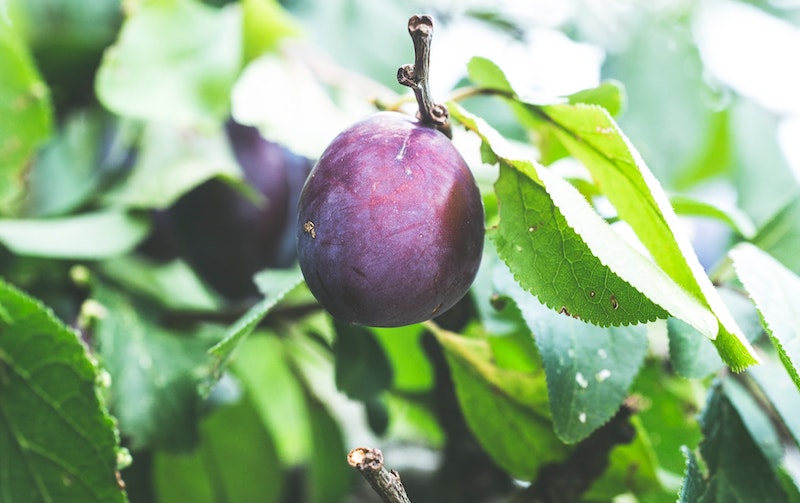Growing your food is money-saving and also ensures one produces food that is free of chemicals. Growing vegetables and fruits including, plum trees, is a simple way to get nutritious foods. It also helps to keep you active in gardening, and one also gets lots of vitamin D because of the time one spends farming outdoors. Home gardening also enhances environmental conservation since most home gardeners’ practice organic farming. Some of the easy-to-grow fruits and vegetables are bell peppers, berries, cabbages, and plums. They require minimal farming effort and high produce to get value for your investment.
Tips to growing your food
- Select the best fruits and vegetables for the season and plant on ideal location with rich soil
- Opt for a variety of fruits and vegetables or even grains
- Enrich the soil with organic manure
- Protect the plants using organic pesticides
Ways to grow your food and fruits such as plums
1. Know the right climate for the plants
Before you start growing food in your backyard, one should consider the season. Green leafy vegetables do well in summer. The best time to plant fruit trees is during spring. Fruits may take two or three years to mature. Plums are available in three main varieties American hybrids, Japanese and European varieties. One should get the best plum trees variety appropriate for the existing climate and plant during winter or springtime. Grains are the other type of plants that farmers plant during winter or wet weather. But not all grains are winter crops corn and rice are summer grains. Root tubers grow during the cold season to enable them to mature during the fall season.
2. Planting procedure
After identifying the right variety for the existing climate, one should also learn the planting procedure for the crops and tender the crops till maturity. Some of the things to watch out for are the soil PH and proper land preparation. Tilling the land and removing stones and roots that may affect the plants growth is the first step towards making your land more productive. Depending on the type of plant, one should prepare rows or dig holes for planting the seeds.
For plums, opt for high areas that are not prone to the frosting. Get the spacing right to avoid overcrowding. Watering the seedlings helps the plum trees grow fast. Staking them for support for the first year is also advisable for more stability.

3. Managing the crops till harvest
Different plants require different management processes till maturity. But all plants should receive enough water throughout the growing period. Weeding ensures that your crops do not compete for soil nutrients with the crops. Pest control procedures using natural methods help to protect crop yields. For fruit trees such as plums, pruning during spring and thinning improve fruit quality and quantity. Harvesting should start when the plant produce is ripe. Including companion plants helps to manage pests and may also be beneficial to both plants. But first, one should know what crops do well together before practicing mixed farming. For grains, harvesting during summer when they are dry makes preservation easy. For fruits such as plums with a short shelf life, preservation methods that include storing in low temperatures ensure one enjoys the farm produce for long.
4. Popular gardening methods
Depending on the available farming space, one may opt for the following ways to grow the crops. But remember to follow the above farming method procedures for higher productivity.
- Conventional farming. People with lots of space and who prefer to grow organic fruits and vegetables. The farming method is appropriate for growing grains, tubers, and all other types of crops.
- Hydroponics. Here one does not require soil. It is common in urban areas for growing vegetables in urban areas.
- Raised bed gardening
- Container/vertical farming
- Aquaponics and permaculture.
If you wish to grow your food, you may opt for any of the methods above. Getting the right seedling will help to increase plant yield. Experts in farming recommend high-yielding grafted fruit seedlings for plums, citrus fruits, and all other types of fruits. There are hybrid seeds for vegetables and grains as well. Choosing the right planting seeds and seedlings will ensure high yields. Remember to analyze the climate first, follow the planting procedure and crop management procedures, and harvest the crops when they are ready. It is also good to look for methods of food preservation. That way, there is no waste when the crop yield is high. One may also sell excess produce.

